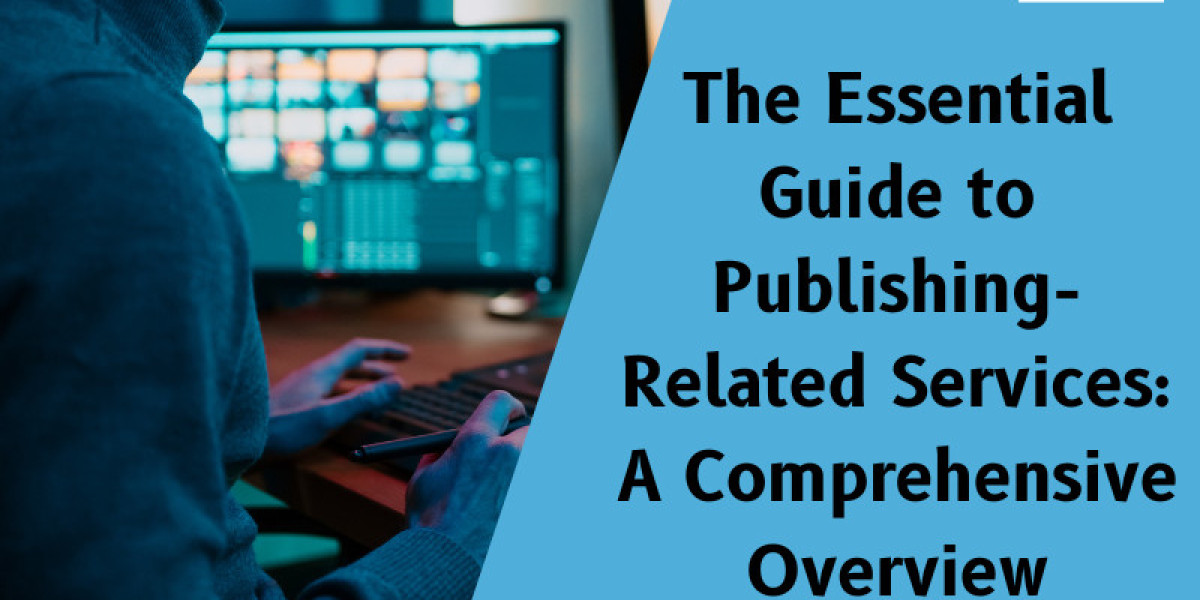From the digitization of physical books to digital-first online editions, publishing has evolved through the years. This guide explores publishing, including the different types available, digital publishing platforms, emerging trends, and a comparison between print and digital publishing. The process of getting content ready for public sale and consumption is called publishing. The publishing process includes writing, editing, assembling, and selling. The publishing process is surprisingly complex, and to the uninitiated, it seems as mysterious as any black box. Actually, though, it's much like any other process that generates the goods we use every day. Publishing houses usually provide readers and the target audience with important details about the work, services, scope, and related themes of their journals through the creation of an information sheet or fact sheet. These days, all content—from crossword puzzles to news articles—is produced online. Editing, and various WIP (work in progress) files for archival and printing are digital. The only difference is whether the digital file gets converted into one format to be printed, or into another format to be posted online.
What Are Publishing-Related Services?
Publishing-related services encompass a broad range of activities that contribute to the creation, production, and distribution of published content. These services are essential for ensuring that the final product is polished, professional, and reaches its intended audience. Key players in this industry include editors, designers, translators, printers, and marketers, all of whom play a vital role in bringing content to life.
Types of Publishing-Related Services
It is difficult to distinguish between publishing service companies and traditional publishers based on the day-to-day operations conducted at their locations. Publishing services:
- Editing and Proofreading
Types of Editing
Starting with editing, significant modifications to language, structure, and content may be necessary. A person or entity can employ textual, photographic, visual, audio, or cinematic material to convey a message or information by carefully choosing and organizing it. This process is known as editing. A correct, consistent, accurate, and comprehensive piece of work can be produced through editing by making a number of changes, such as correction, simplification, classification, and other adjustments. It enhances the language by making changes for clarity, readability, and smooth narration. Editing might also involve looking more closely at the content itself, using specialist knowledge of the subject to clarify text, and often checking facts as well.
Importance of Proofreading
Proofreading is usually the very last step in the writing process, providing a final check for any errors or issues before the writing is shared (for example, in punctuation and capitalization). Proofreading enhances the language by making changes for clarity, readability, and smooth narration. If you're not aware of it, you've probably used proofreading in some capacity, whether you work as a mechanic, doctor, student, or professional writer. Proofreading is also an opportunity for you to start recognizing errors you make consistently so that you can avoid those mistakes in the future.
- Design and Layout
Graphic Design in Publishing
Layout creation and design for books, magazines, newsletters, and online versions is known as publication design. It uses text, colors, sizes, and images to produce publications that are visually appealing. You can help your customers understand even the most complex topics with the help of visual simplicity. Thus, the importance of graphic design in advertising lies in the fact that it blends critical thinking with analytics. It also covers other topics, such as advertising design, logo creation, product packaging, layouts, and more. Although desktop publishers aren't usually graphic designers, graphic designers can also be desktop publishers.
Page Layout and Formatting
The arrangement of visual components inside a grid to communicate a specific message is known as layout design. This definition's last section is crucial. No matter how attractive a layout may appear, it is useless if its viewer cannot understand it. Formatting refers to the way you enter paragraphs and line breaks, indents, spaces, typefaces, and punctuation marks.
Importance in Global Market
In today’s interconnected world, businesses are no longer confined to their home countries. They seek to expand their reach across borders, tapping into new markets and audiences. By translating and localizing your marketing content, you can connect with new audiences and significantly expand your market reach. Localization makes you stand out from other international brands that are attempting to sell products. You establish yourself as a local player, one who knows the industry and responds to its particular requirements and tastes.
Printing and Distribution
Traditional printing methods still in use today include lithography and offset printing, which incorporate lithography to create the “plate” that is used for printing. Digital printing is often more expensive for larger print runs, although this is changing. It is cheaper for one-offs and smaller print orders. The decision between digital and conventional printing should be made in light of the particular needs of each print job, taking into account elements like quantity, need for customization, available substrates, and financial limitations.
The Role of Technology in Publishing
Technology plays a crucial part in digital publishing. We are able to create share, and use digital material in many different ways thanks to technology. From simple text documents to complex multimedia experiences, technology is what makes digital publishing possible. The current world is shaped by technology, which also helps all sectors grow. To remain relevant, publishing must adopt intelligent automation in the future. Publishers can easily leverage the advancements in technology and the adoption of mobile devices, by choosing the right technology partner and vendor.
Conclusion
Publishing-related services are the backbone of the publishing industry. From editing and design to distribution and marketing, each service plays a critical role in producing high-quality content. As technology continues to evolve, these services will become even more integral to the publishing process. Whether you're an author, a publisher, or a content creator, understanding these services will help you navigate the complex world of publishing and achieve success.
Super DTP Ltd. is a specialized desktop publishing agency located in Gabrovo, Bulgaria, offering book publishing, multilingual DTP, and E-learning localization services to translation agencies and localization companies worldwide! Check our services at www.superdtp.com or contact us at dtp.bulgaria@gmail.com for further details


